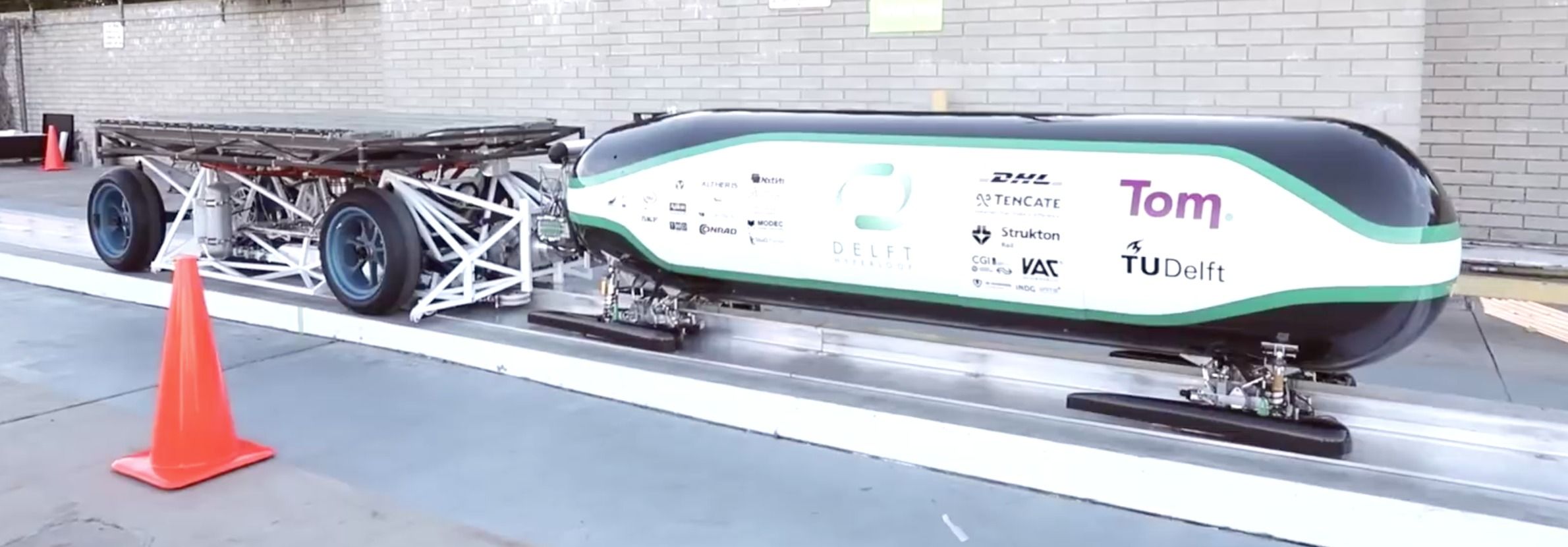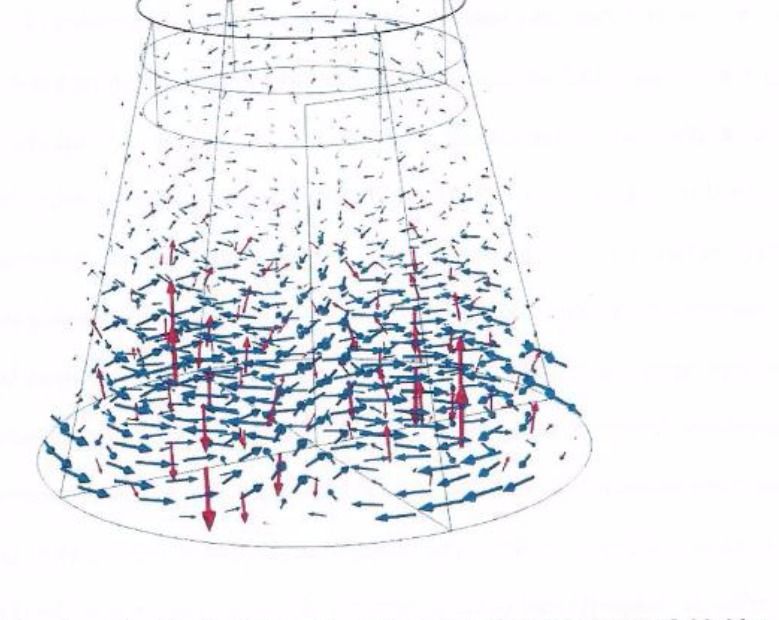Definitely a title upgrade.



My answer probably won’t be popular, but it will be verifiable with licensed psychometricians. There is currently no job known that can’t be done by someone with an IQ of at least 135. That is the Wonderlic occupational cutoff for theoretical physics and philosophy, the two occupations with the highest IQ minimum at this stage. Secondly, when Nobel Prize winning scientists (literary and peace laureates were ignored) at my alma mater U.C. Berkeley were tested for IQ (it had something to do with a eugenics sperm donation program that ultimately floundered), it was discovered they didn’t necessarily have “genius IQs” (IQs at or beyond 140). For instance, Nobel Prize winning biologist James Watson only scored 130-ish (and that was a childhood score, so his adulthood score was likely lower). Yet, some of their peers without Nobel Prizes did have astronomical scores. Thirdly—and I’ll go into more detail below—IQ scores above 135 aren’t particularly reliable. So it very well could be one person scoring 135, 157, and 162 on different tests.
Consequently I would say the answer to all your example questions is: “It’s a crap shoot”
Some additional trivia that may be useful later on for you: Because of the way intelligence tests are normed, test scores beyond a certain range (some psychometricians say it is anything beyond 136 to anything beyond 145, depending on who you ask) aren’t particularly reliable. An adult with a score of +135 on legitimate IQ tests will likely routinely score that high on other legitimate IQ tests they take. But it may be 140 on one test, 165 on another, and so on. However, I can all but guarantee such a person will only mention their highest score from all the IQ tests they’ve taken (legitimate or not). When I hear someone go on and on about their 180 IQ or whatever, almost invariably it’s someone talking about their personal best, not their average, and probably not their average exclusive to IQ tests recognized by the APA as legitimate.

More progress with gene therapy safety.
A Washington State University researcher has developed a way to reduce the development of cancer cells that are an infrequent but dangerous byproduct of gene therapy.
Grant Trobridge, an associate professor of pharmaceutical sciences, has altered the way a virus carries a beneficial gene to its target cell. The modified viral vectors reduce the risk of cancer and can be used for many blood diseases.
Trobridge and his team report their development in Scientific Reports, an online open-access journal produced by the Nature Publishing Group. The team is translating their findings into a stem cell gene therapy to target a life-threatening immunodeficiency in newborns called SCID-X1, also known as “Boy in the Bubble Syndrome.”

2013 saw the release of one of the most important papers in aging research and one that saw renewed interest and support for the concept of SENS.
Aging is characterized by a progressive loss of physiological integrity, leading to impaired function and increased vulnerability to death. This deterioration is the primary risk factor for major human pathologies, including cancer, diabetes, cardiovascular disorders, and neurodegenerative diseases. Aging research has experienced an unprecedented advance over recent years, particularly with the discovery that the rate of aging is controlled, at least to some extent, by genetic pathways and biochemical processes conserved in evolution. This Review enumerates nine tentative hallmarks that represent common denominators of aging in different organisms, with special emphasis on mammalian aging. These hallmarks are: genomic instability, telomere attrition, epigenetic alterations, loss of proteostasis, deregulated nutrient sensing, mitochondrial dysfunction, cellular senescence, stem cell exhaustion, and altered intercellular communication. A major challenge is to dissect the interconnectedness between the candidate hallmarks and their relative contributions to aging, with the final goal of identifying pharmaceutical targets to improve human health during aging, with minimal side effects.

Everyone’s talking about private industry getting humans on Mars. Mars trips! Mars houses! Mars colonies! But no one’s going anywhere without the help of one brilliant, peculiar, fantastical space center—NASA’s Jet Propulsion Lab, which is behind almost every amazing feat in the history of space travel. August 2012.
At 2:00 a.m. in the blond hills of La Cañada Flintridge, California, one house stands lit among the others—an open eye in a sleeping town. Bryn Oh, the woman who lives in the house, helps her son Devyn, eight, walk his bike to the parking lot of the high school across the street. Devyn, who just learned to ride, wobbles for a few minutes before pedaling furiously out into the darkness, letting off a whoop as he gets going. Bryn’s older children, Ashlyn, ten, and Braden, thirteen, watch as he goes. David Oh, Bryn’s husband and the reason they’re all up at this uncivilized hour, isn’t there to see it. He’ll arrive home around 3:00 a.m., when he gets off work. Tomorrow will probably be closer to 3:40. Bryn has it all worked out on a spreadsheet.

Metallic hydrogen has been created in a diamond anvil in a Harvard lab.
Diamond anvil cells can use only vanishingly small sample sizes. A typical amount is about 160 cubic micrometers.
If metallic hydrogen is metastable then there are a lot of potential applications.
Metastable would mean that the phases could retain their high-pressure forms for an indefinite period once external forces are removed, much as diamonds formed by high temperatures and pressures deep inside Earth remain diamonds even after they reach the surface, instead of immediately reverting to carbon’s more stable form, graphite. Nellis and others have imagined a host of applications for metastable metallic hydrogen, ranging from.


A low thrust pendulum at the NASA Johnson space center was used.
The best conventional Hall thruster can produce 60 millinewtons per kilowatt which is an order of magnitude more than the emdrive that was tested.

This page corresponds with H+ magazine and values of transhumanism, emphasizing the contributions of women involved in our transition into posthumanity.
